What You Need To Do Now To Save On Expensive Repairs Later
Winter has arrived in the Washington, DC area! It's time to get your home ready for the freezing weather, snow, and ice that are headed our way. Not sure where to start? Just follow our comprehensive checklist to prepare your home for the long winter months ahead.

Plumbing - Inside and Outside
Plummeting temperatures can freeze the water in your pipes. The expansion inside can cause the pipes to burst, resulting in a flood inside your home. Here are some ways to avoid this from happening to you.
1. Insulate the Pipes
Add a thick layer of fiberglass or polyethylene insulation around all pipes that are against exterior walls and in unheated areas, such as in the basement or crawl spaces. Don't forget to insulate the pipes between your hot water heater and the outside wall, too.
2. Open Cabinets
Leave cabinet doors open beneath your sinks that are against exterior walls to allow heat to reach the pipes when the temperature dips below freezing outside.
3. Open Faucets
On extremely cold days or nights, turn on all faucets that are against exterior walls of your home so that there is a slow but steady drip of water. This can help to prevent pipes from bursting.
4. Shut Off Outdoor Valves
Close the valves that lead to your outdoor faucets. Disconnect your outdoor hoses and store them. Then drain all outdoor water lines to prevent the pipes from bursting.
5. Fix All Plumbing Leaks and Cracks
If you have leaky faucets in your kitchen, bathrooms, or utility rooms get them repaired. Any cracks around your plumbing fixtures should be fixed and sealed, too.
6. Inspect the Hot Water Heater
Have your hot water heater regularly inspected and serviced to ensure that there are no leaks and that it is in perfect working order. Ask your plumbing professional if your hot water heater should be flushed or if it needs an insulating blanket to increase its heating efficiency in the winter.
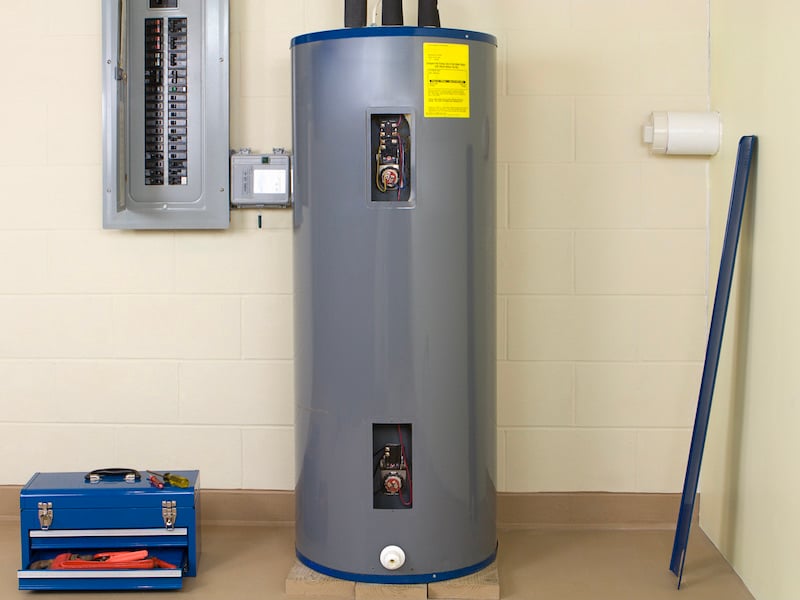
Windows and Doors
Heat can escape and cold air can enter your home if its thermal barrier between the interior and exterior environments, otherwise known as the envelope, is not properly sealed. To ensure optimal energy efficiency, check to see that your windows and doors are controlling heat loss and air leaks before the temperatures dip outside.
1. Weatherstrip Your Doors
Replacing or adding weatherstripping around your doors can save on your energy bills and make your home more comfortable all year long.
2. Install a Door Sweep
Add a door sweep to prevent drafts from flowing into your home from under your exterior doors.
3. Caulk Around Windows
Window caulking can deteriorate over time and needs to be replaced periodically. Patch any holes you find and caulk around your windows to prevent warm air from escaping.
4. Insulate or Upgrade Your Windows
If your windows are old, they are most likely allowing cold air to enter your home, which will cost you more on your heating bills. Adding storm windows or insulating film can help keep the cold air out and keep the warm air in throughout the winter. The best course of action is to install new double- or triple-pane windows since they are engineered to be highly energy efficient and will save you money on your heating and cooling costs in the long run.
How To Choose The Perfect Windows For Your Home

Attic and Crawl Spaces
Heat rises and can be lost quickly through an inadequately insulated attic. In addition, improperly insulated crawl spaces in your home allow cold air to come inside and warm air to escape. Following these tips can help keep your home more comfortable all year long.
1. Seal Openings To The Exterior
Check to see if there are any openings or cracks that are not properly sealed in your attic or crawl spaces. Pull back the insulation and inspect around electrical wiring, pipes, lighting fixtures, vents, fans, or chimneys and use expanding foam or caulk to seal the gaps if necessary.
2. Install the Proper Insulation
Having the correct types of insulation throughout your home will make it more energy efficient and comfortable and can lower your energy bills over time. Hire a professional to inspect the insulation in the various areas of your home, and if what you currently have is deemed inadequate or insufficient, have them install the proper type in each space. To read an overview about the various types of home insulation, click here.
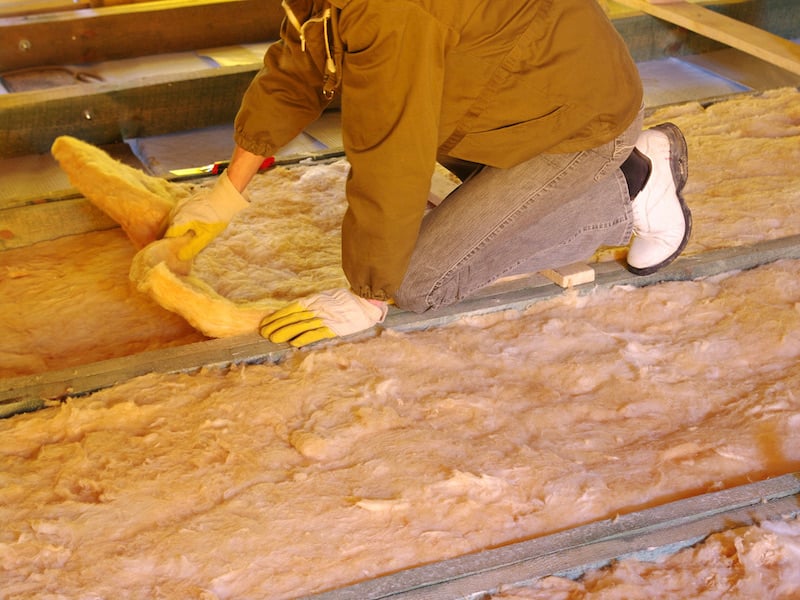
Heating System (HVAC)
Having a properly functioning heating system is critical in the cold winter months. Here are some items that you definitely need to put on your checklist.
1. Inspect The System
Scheduling regular maintenance of your HVAC system should be a top priority. To save yourself plenty of aggravation, ensure that your heating system is working properly by having it inspected by a professional before the coldest days of winter arrive.
2. Change or Clean the Filters
Dirty filters reduce the performance of your HVAC system and lower the air quality inside your home. Filters should be changed or cleaned every 3 months. Check out subscription services that will send you new filters on a regular basis, so you don't have to remember to buy them.
3. Clean the Humidifier
Clean your whole-house humidifier and change the evaporator pad. A properly working humidifier will mitigate too much dryness in the air and keep your home comfortable.
4. Install a Programmable Thermostat
A programmable thermostat can save you a considerable amount on your energy bills throughout the year. Program it to automatically raise the temperature at predetermined times when you want your home to be toasty warm, then set the temperature to be lowered during the day when you are away at work and during the night while you are sleeping for maximum cost savings.

Ductwork and Vents
To help make your home more energy efficient and safe, have your ductwork and venting cleaned and sealed.
1. Clean the HVAC Ductwork and Vents
Hire a professional to clean your home's HVAC ductwork and vents to remove all debris that may prevent your heating system from working at maximum efficiency. Cleaning the ductwork and vents will also improve the air quality in your home.
2. Clean the Dryer Vent
Lint buildup is highly flammable, and if it accumulates in the vent, it can ignite from the heat produced by the dryer. In addition, a clogged vent forces the dryer to work harder to expel air, leading to longer drying times and higher energy bills. Cleaning the vent improves airflow and the dryer’s efficiency, and hiring a professional can ensure that the job will be done thoroughly and safely.
3. Seal and Insulate Around the Ductwork and Vents
Check to see that all your ductwork and vents are tightly sealed and insulated throughout your home so that warm air is not leaking out. Adding extra insulation where the ductwork meets the exterior walls will help to improve your home's overall energy efficiency and make it more comfortable all year long.
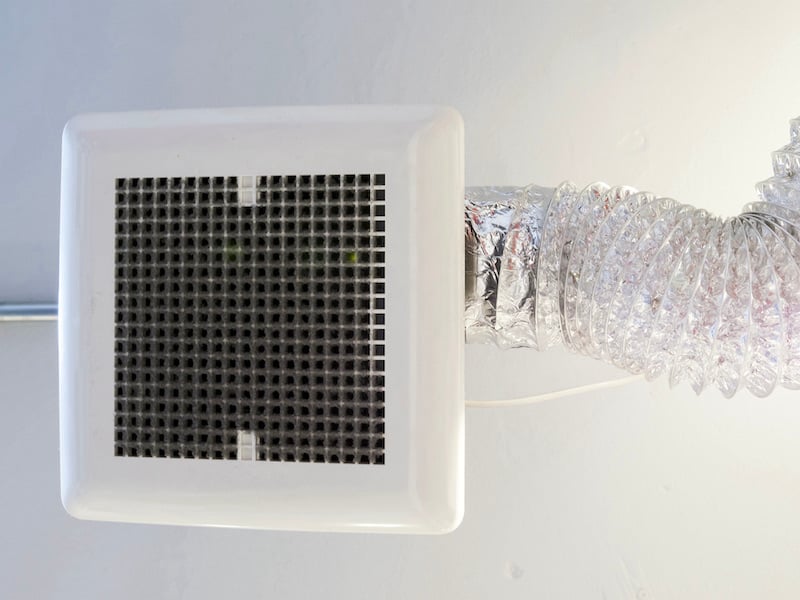
Sump Pump
Here are some tips to prepare your sump pump for winter.
1. Test Your Sump Pump
Slowly pour water into the pit to see if the pump turns on. You don't want to find out that it isn't working in the middle of a storm when water is backing up into your basement. If necessary, have it repaired.
2. Check the Discharge Line, Pipes, and Valve
Make sure the discharge line is sloped away from your home and isn't obstructed by debris. Insulate the discharge pipes to prevent water from freezing inside them. The valve prevents discharged water from flowing back into the basement, so check to see that it opens and closes properly.

Smoke Alarms and Carbon Monoxide Detectors
Make sure that you have working smoke alarms and carbon monoxide detectors on every level of your home.
1. Test Your Safety Devices
Test your smoke alarms and carbon monoxide detectors and replace any that are not functioning properly. It is good practice to put new batteries in every device at the beginning of each season.
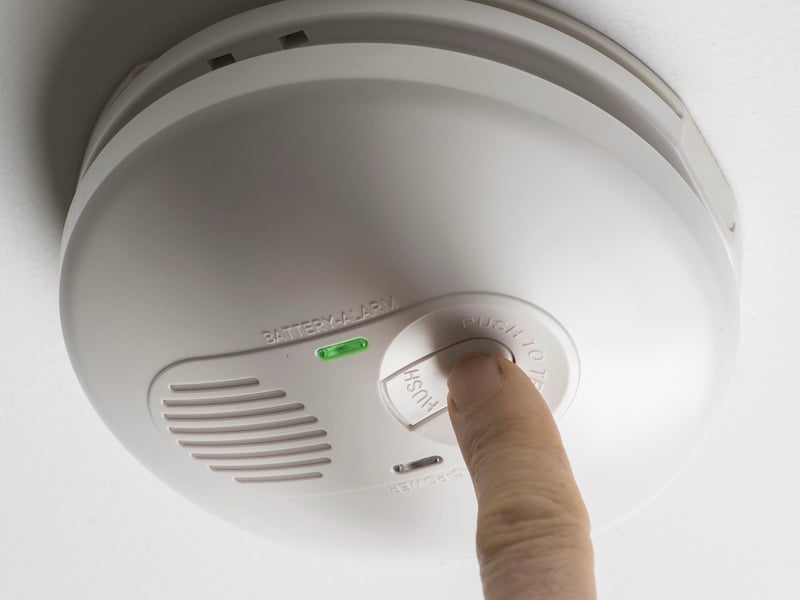
Fireplace and Chimney
Have your masonry fireplace and chimney inspected and cleaned annually by a professional. If you have a gas fireplace, have the venting inspected.
1. Debris Removal
If you have a masonry fireplace and chimney, debris that accumulates over time could be a fire hazard and should be removed on an annual basis by a professional chimney sweep.
2. Check the Damper or Venting
Whether you have a masonry or gas fireplace, the damper and venting should be regularly inspected. Warped or damaged dampers or vents could allow smoke to back-up into your home or cold air to flow down the chimney if they are not in proper working order.
3. Chimney Cap
Make sure that your chimney is covered by a cap that is in good condition and held securely in place so that critters looking for a warmth cannot enter your home.
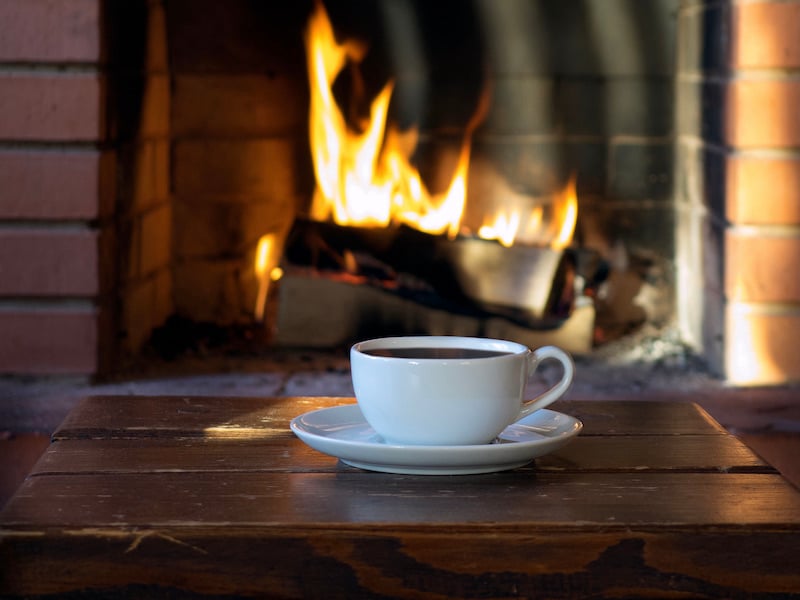
Exterior of Your Home
Check the exterior of your home as the cold weather sets in to make sure you won't have unexpected problems that could arise during the winter.
1. Seal Exterior Openings and Joints
Inspect the entire exterior of your home. Seal all holes and openings that you find where warm air could escape from your home or water could penetrate inside. Make sure there are no places where rodents, insects, or birds can get inside and form a nest.
2. Inspect the Roof
Have your roof inspected for any damage or loose shingles before you have a leak, and have all repairs completed before the first snowfall.
3. Inspect and Seal the Skylights
Skylights should be regularly inspected for damage or leaks and should be caulked or sealed as necessary.
4. Protect Your Outdoor Furniture
Cover your outdoor furniture or place it in your garage or shed so that the winter weather does not crack or damage the pieces.
5. Extend the Downspouts
Make sure the downspouts extend away from your house by at least 5 feet. That way, when the weather warms up and the snow melts, the water will not flow downward into the foundation of your home.
6. Clean and Inspect the Gutters and Drains
Clean all the debris out of your gutters and drains and make sure nothing is loose or in poor condition. If clogged, ice dams can form in the gutters and that will prevent your draining system from working as it should. Ice dams can lead to water leaking inside your home which can cause significant and costly damage.
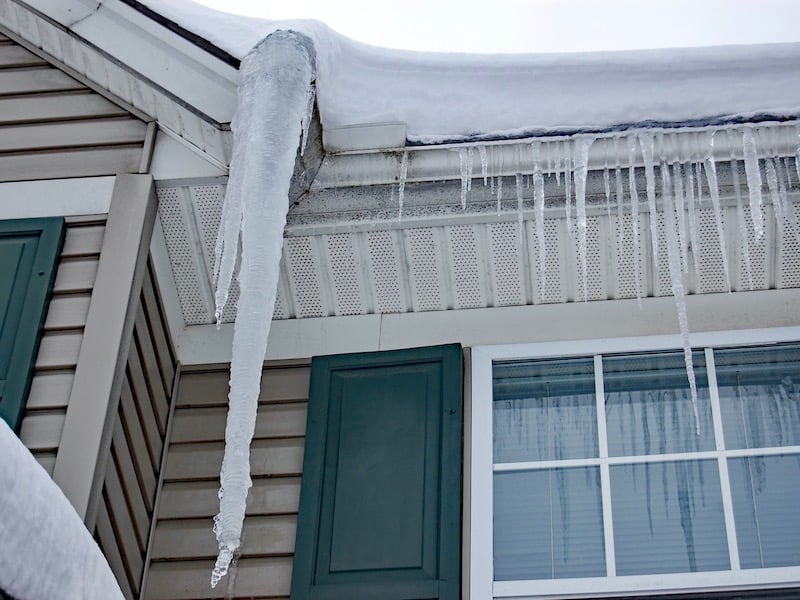
Trees And Branches
Check to make sure that all of the trees on your property are healthy.
1. Trim Branches
Trim all large branches that are within 3 feet of your home. This can prevent damage if they become laden with ice and fall during a snowstorm.
2. Remove Dead Trees
Any dead trees or very large branches that could be a hazard if they fall on your property should be removed by a professional.
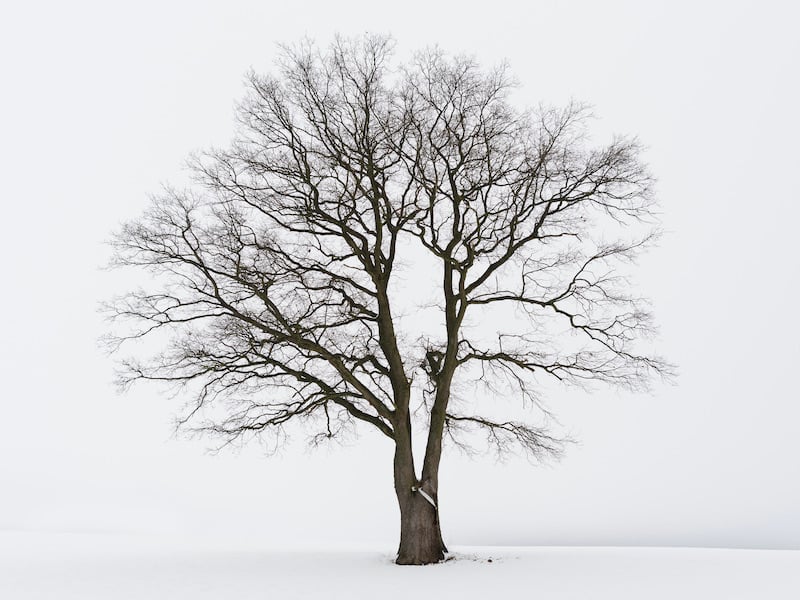
Winter Tools, Products, and Machinery
Before the first big snowfall arrives, make sure you have the following helpful items on hand.
1. Shovels and Ice Choppers
Have sturdy shovels and ice choppers stored in a convenient place and ready to use.
2. Ice Melt
Buy pet-safe ice melt to ensure that your steps, walkways, and driveway are not slippery.
3. Snow Blower
Be sure that your snow blower is in working order. Replace the oil, fill your snow blower with fuel, and store any extra fuel in a safe place.
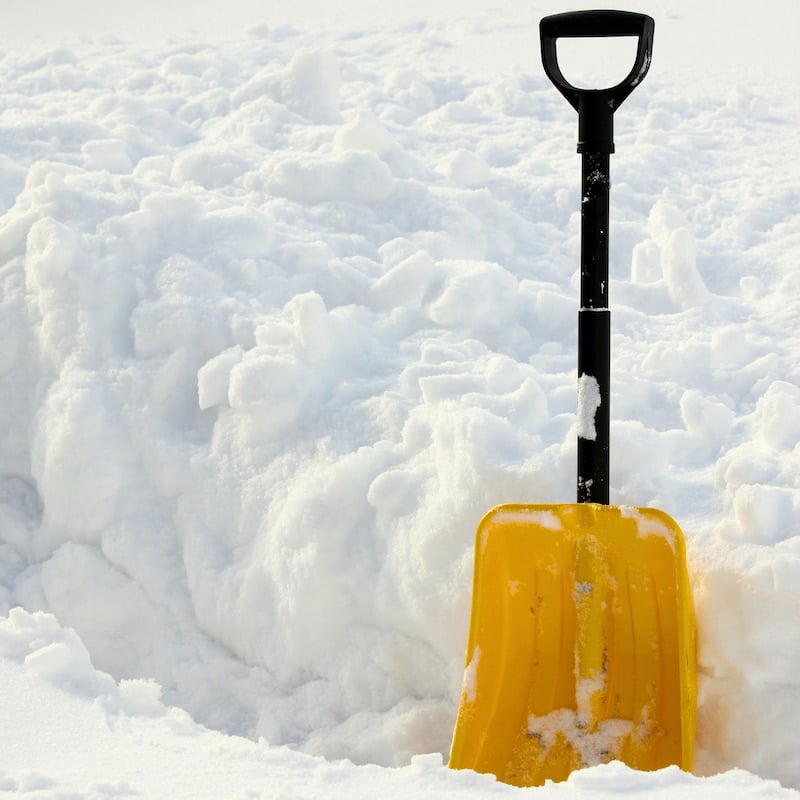
At Meridian Homes, we specialize in luxury remodeling and custom home building in the Washington, DC area. Our mission is to create exceptional residences that exceed expectations. Our highly personalized design process and careful management of every project have earned us a reputation over many years for outstanding client service and solid, beautiful craftsmanship. Contact us today to begin your custom home or remodeling project.




